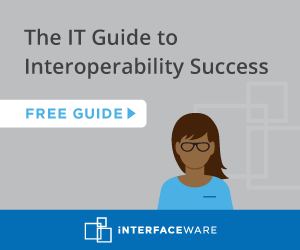The “Pay For Performance” model is, albeit slowly, becoming a growing trend within American healthcare. The concept is relatively simple; healthcare providers are provided a financial incentive to improve the health of their patients.
The quality measures fall into four categories:
- Process. Has the hospital successfully used recognized actions that contribute to the positive health outcomes for patients? For instance, was a heart attack patient given aspirin?
- Outcome. What effect did the care have on patients? Did the lab results or the diet counseling help manage a patient’s diabetes?
- Patient Experience. How did the patient perceive their quality of care? How do they rate their satisfaction?
- Structure. What measures are taken by the provider to improve the facility and equipment used in treatment?
In application, pay per performance becomes a bit more challenging.
 Why? Not only is there a need to define and create financial incentives, information feedback, training, and peer groups amongst the various stakeholders, there is a strong need for seamless interoperability amongst IT systems to ensure success.
Why? Not only is there a need to define and create financial incentives, information feedback, training, and peer groups amongst the various stakeholders, there is a strong need for seamless interoperability amongst IT systems to ensure success.
To be able to track performance accurately, you need to capture various points of data from admission to discharge and connect each one to billing and the EHR. Also, care is rarely limited to a single doctor or department, so providers need to ensure each department is also well connected with one another.
If we were to take the heart attack patient needing aspirin as an example, an (electronic) record of prescription fulfillment is required.
- What if administration time and delivery method are managed differently based on need, not on a predefined process?
- How will that be tracked and communicated throughout each stage of the patient’s stay?
- How will it be expressed as an overall data set to ensure overall performance is improving due to the administration of aspirin?
Even if there is a predefined process set in place for when medication ought to be administered, and by who, what about any anomalies or inconsistencies? How will those be tracked and dealt with if systems are disparate?
You may be still in the initial stages of setting up a pay per performance model or have no plans of converting, but that doesn’t mean you won’t be impacted. The Affordable Care Act has adopted many measures to drive pay per performance as well, including reducing pay rates of hospitals with high readmissions. Rates that could be significantly reduced using integration to improve discharge and patient compliance.
Read our blog post on how one hospital significantly reduced their readmissions by asking patients three simple questions.

